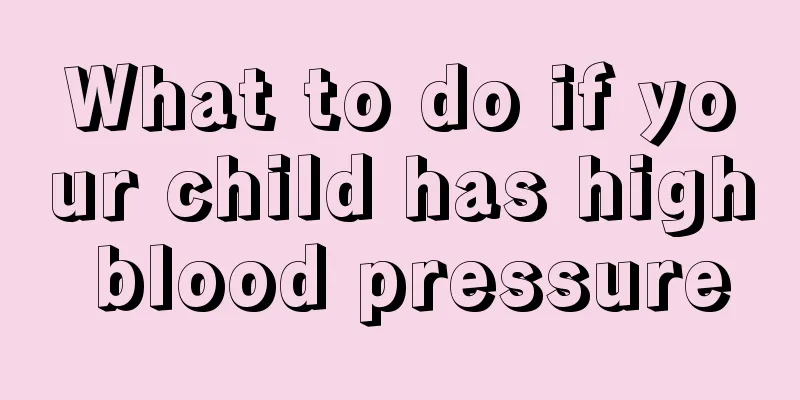What are the changes in the baby's developmental indicators at 19 months

|
The developmental indicators of a 19-month-old baby are of particular concern to many mothers, because mothers want to use the developmental indicators of a 19-month-old baby to determine whether their child is developing normally. The following content provides a detailed introduction to many parents, so you can learn about the changes in the developmental indicators of a 19-month-old baby through the following content. The baby's changes and progress in the 19th month compared to the previous month The baby is becoming more sensible day by day, and the mother can try to treat the baby the same way she treats adults. In addition, continuing to train your baby's toilet and bowel movements is also a focus of this month. At the end of the 18th month after birth, the mean weight of boys was 11.25±1.19 kg, and that of girls was 10.65±1.11 kg. The mean height for boys was 82.7±3.1 cm, and for girls was 81.6±2.9 cm. The mean head circumference was 47.6±1.2 cm for boys and 46.5±1.2 cm for girls. The mean chest circumference for boys was 48.0±1.8 cm, and for girls was 46.8±1.8 cm. Fontanelle 0~0.5×0.5 cm. 10 to 16 teeth (8 incisors, 4 premolars, and 4 canines). Babies over one and a half years old particularly like their friends, have the initial ability to adapt to group activities, and can leave their mothers for a short period of time. The baby is not satisfied with just recognizing the names of objects, he is interested in what these objects are used for. Let your baby get to know household items, understand the function of each item, and increase his knowledge. His hand-eye coordination ability has improved again. He can make a nesting tower and string beads and plastic tubes. He can use building blocks to build tall buildings and bridges. He can imitate the movements of adults doing housework. What changes will occur in the developmental indicators of a 19-month-old baby? After understanding the above comprehensive introduction, many parents have fully understood the developmental indicators of a 19-month-old baby. Therefore, after understanding it, if their children do not meet this standard, they must use various methods to make their babies reach a standard as soon as possible, so as to ensure their baby's health. |
<<: One week and eight months baby development indicators and standards
>>: Changes in the developmental standards of three-year-old babies
Recommend
How to treat a child's trachea
It is common for children to have poor trachea in...
What should I do if my child has a fever or diarrhea?
If a child has a fever and diarrhea, it may be fo...
What can children eat to help them grow taller?
As we all know, some children of the same age hav...
What is the reason for a child's fever and low white blood cell count?
White blood cells are a type of immune cell in ou...
What are the reasons why children have poor sleep?
The baby's poor sleep is a headache for many ...
What is the reason for enuresis in children?
The so-called enuresis is what we often call bed-...
What to do if your baby sweats after having a fever
Fever is very common in babies. When a baby has a...
Is it good or bad for children to sleep on pillows?
The bones of a child are relatively fragile after...
What causes a tickle in my child's throat?
Throat itching and coughing is a very common dise...
What to do if your child is allergic to pollen
Children are very likely to be allergic to pollen...
What to do if your child has alopecia areata
There are many reasons for alopecia areata in chi...
Treatment of foaming at the mouth of a newborn
We may have seen many children foaming at the mou...
What should I do if my newborn baby has cold hands?
Some newborns have cold hands. In many cases, thi...
What defects do left-behind children have when they grow up?
Left-behind children have become a very important...
Why does a child have a fever, convulsions and rolling eyes?
Generally, family members are most concerned abou...









